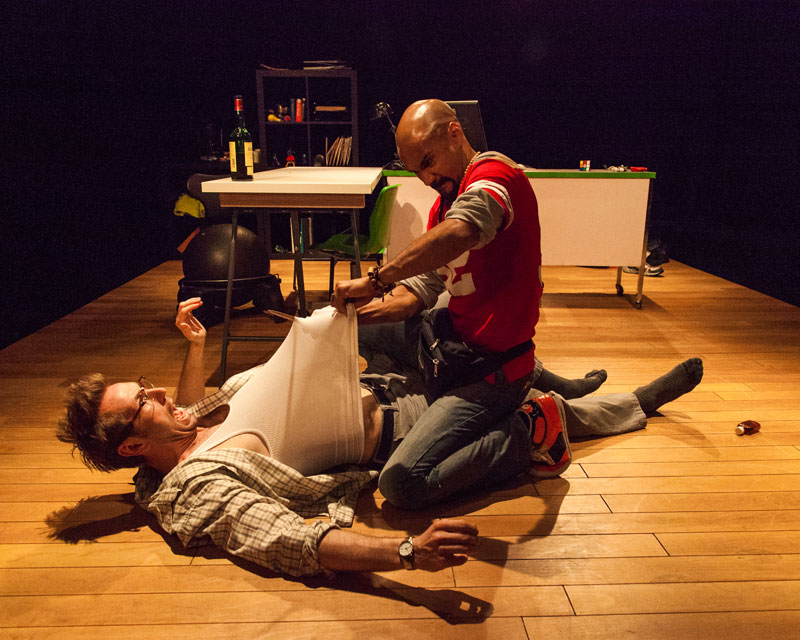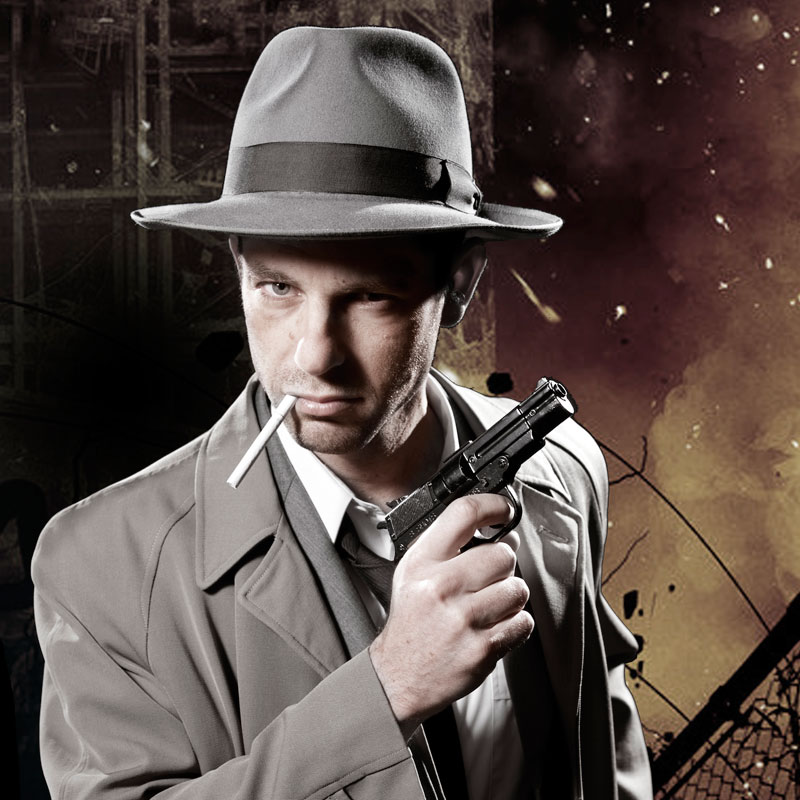While theater companies in the Bay Area are launching the first plays of their 2014-15 seasons, the San Francisco Fringe Festival has to show them all up by opening 35 shows all at once.
Now in its 23rd year, SF Fringe always offers a delightfully random grab bag of theatrical acts at the Tenderloin’s Exit Theatre. And I do mean random; applicants are selected purely by chance though a lottery. This year’s festival features 150 performances over 16 days, the shows rotating in the Exit’s three different black box theaters. All of the box office money goes to the performers, and volunteers circulate with tip jars for spare change to keep the festival going.
I chose to brave one full day of the Fringe on Saturday, from the first show at 1pm through the end of the last one at 11:30. I saw seven shows in all, running anywhere from 30 to 60 minutes apiece, with breaks between them just long enough to grab a quick bite when needed. All shows start on time and there’s no late seating, so plan accordingly.
A trip to the Fringe always involves some hard choices between unknown quantities: there may be multiple shows that seem promising in the same time slot, while other options are so mystifying that you may as well flip a coin, if you can find one with three sides. And there are almost sure to be some fascinating-sounding shows that don’t happen to be playing on that particular day.

By far the most gripping piece I caught was Campo Maldito, a seriously spooky ghost story about gentrification and addiction, among other things. This two-character thriller by SF native Bennett Fisher is a co-production of People of Interest and Ubuntu Theater Project. Drunk and at the end of his rope, a micro-finance dot-com entrepreneur (Walker Hare, disheveled and snide) has been plagued by one inexplicable problem after another, enough so that he’s afraid his office may be cursed, and he’s called in a Santeria priest (an intense Luis Vega) to try to fix it, even if he doesn’t remember doing that. Directed by Jesca Prudencio, the drama that follows is creepy and compelling and sometimes confusing, with explosions of violence and barbed undercurrents of race and class tensions.




